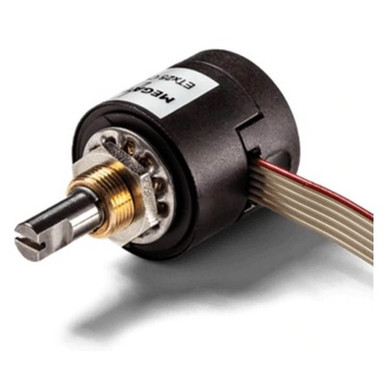Follow along with the video below to see how to install our site as a web app on your home screen.
Note: This feature may not be available in some browsers.







16 bit DAC + binary coded rotary switches (4) to input hex value equivalentThreshold settings should be truly non volatile in nature. Almost all digital pots (non volatile) come up with SPI/I2C interface. It seems like it is impossible.

How does the customer intend to interface to this thing then? Sounds like there's some info missing....Customer wanted a system with no micro controller or FPGA. Could you suggest method without considering drift specs


Hi,"Analog" trimpots have infinite precision, but limited accuracy.

Resolution is probably the better term here, agreed. Precision of a trimpot would depend on how you measure it (is the wiper moving between measurements?).Hi,
It has infinite resolution, but not precision.
"Precision" means repeatability...and errors like noise, drift with time and drift with temperature. In case of a pot even mechanically caused errors.
Klaus